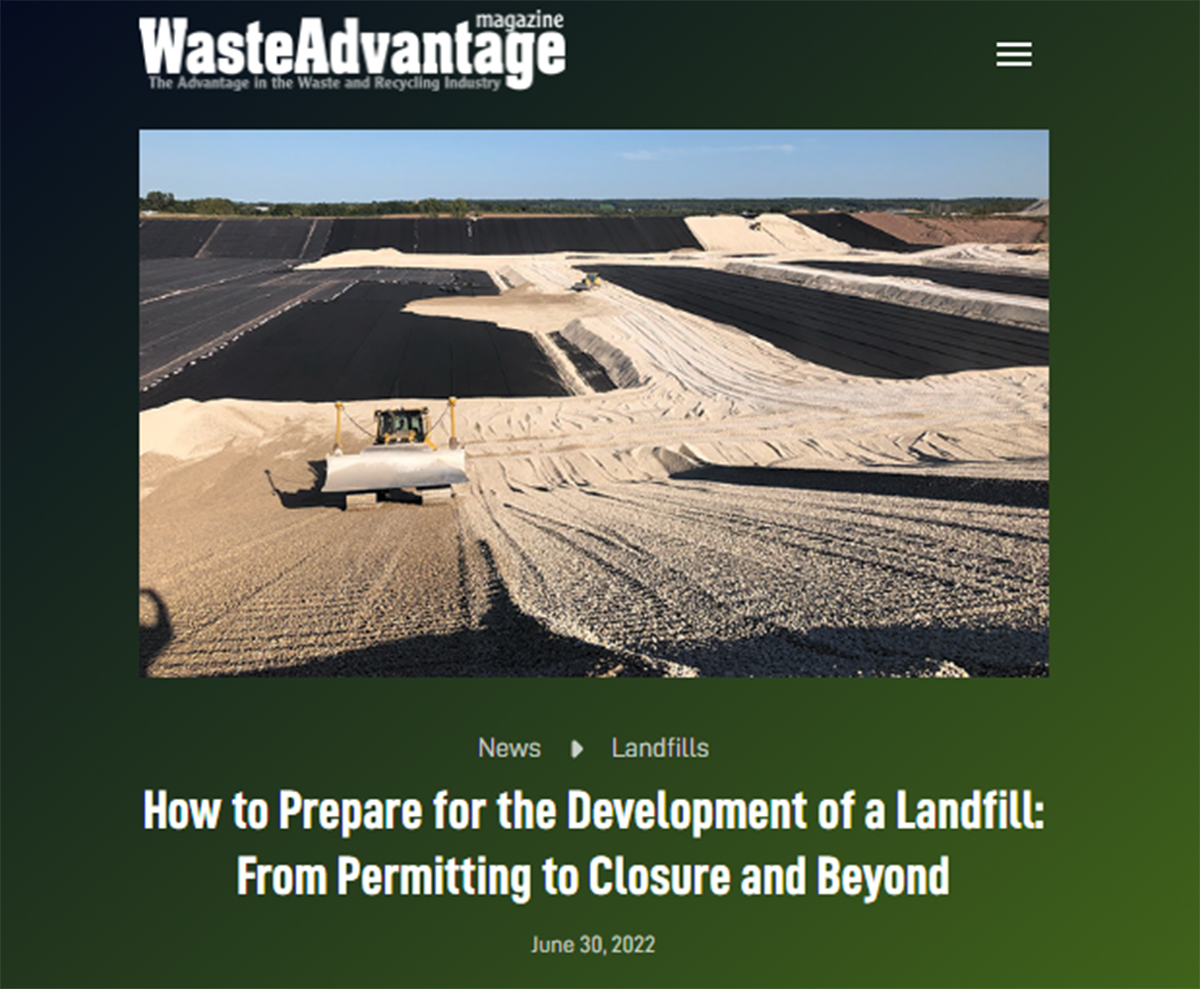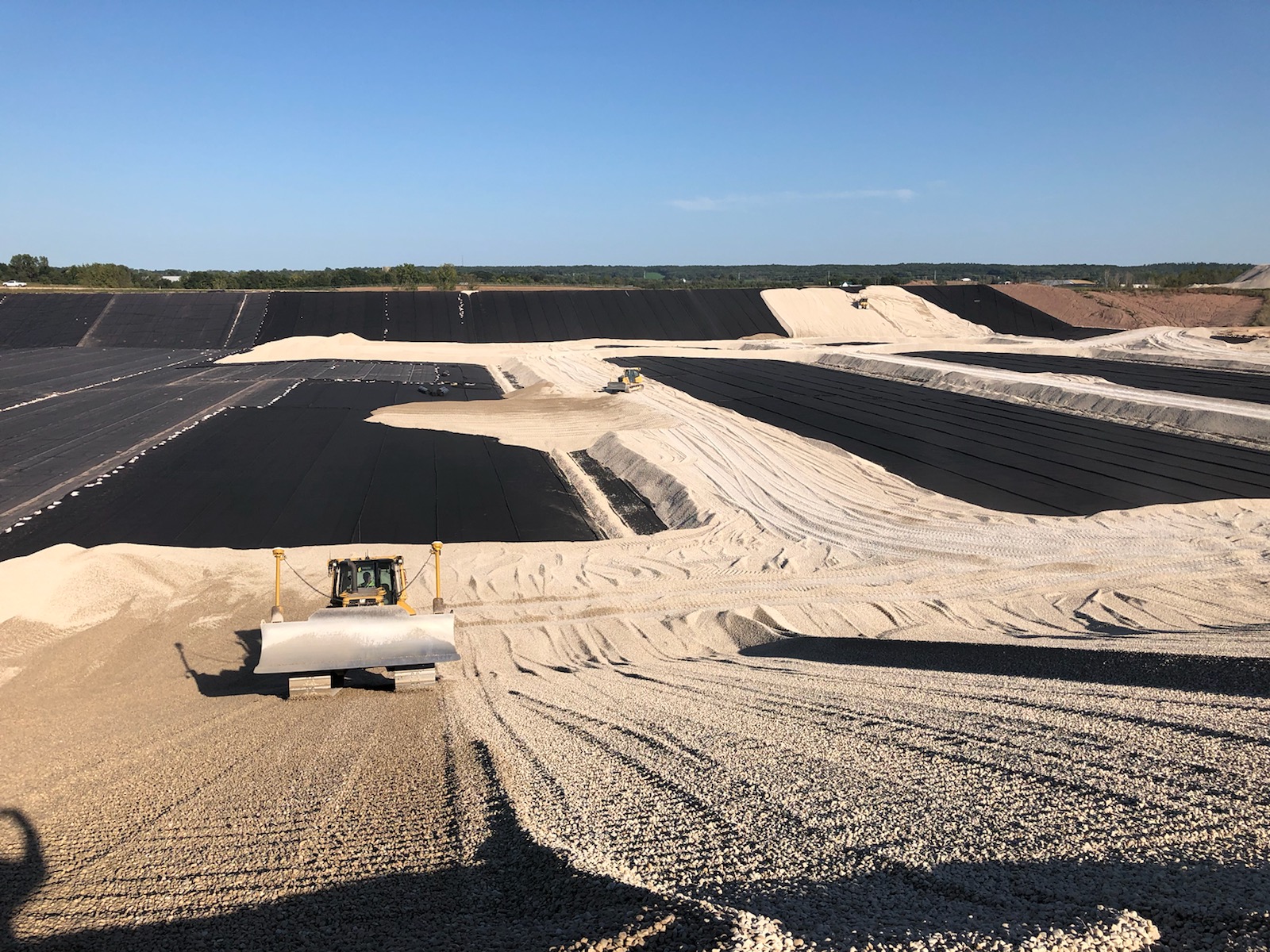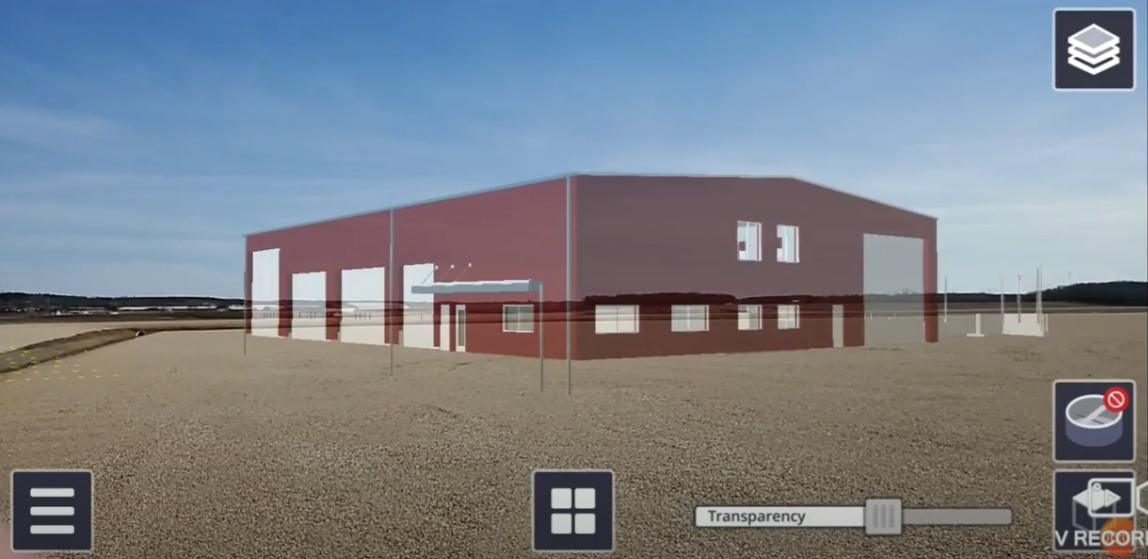
“With any large community project, the ability to see the complete picture and build strategic relationships are the keys to success. Planners must collaborate with various government and municipal agencies, the public, and an array of contractors who will support design, engineering, construction, and operation.”
Dan Michiels, P.E.

Dan Michiels, P.E., Lead Environmental Engineer with Foth, has partnered with Waste Advantage Magazine to share his insights on modern landfill construction through a sustainable lens. Dan brings 13 years of engineering, design and construction experience on solid and liquid waste planning and permitting projects, infrastructure bidding, and construction oversight, landfill monitoring and reporting tasks, and design, bidding, construction contract administration, and field observation of solid waste facilities. He applies his extensive solid waste engineering expertise to landfill liners, cover systems, and biogas systems and facilities. Projects vary from annual environmental compliance and reporting to multimillion-dollar construction projects.
Read below for Dan’s tips on planning, permitting, and more!

How to Prepare for the Development of a Landfill: From Permitting to Closure and Beyond
Planning for the development of a landfill is often a massive undertaking with significance that stretches decades into the future. A modern solid waste site must be capable of protecting the environment from millions of tons of solid waste, while generating enough capital reserves during its operation to ensure its stability long after closure.
Due to the ever-changing nature of waste generation and our ever-evolving understanding of waste decomposition, planners must maintain awareness and competency for current trends, technologies, and best practices for engineering and constructing landfills. Thankfully, waste management professionals can reduce that mountainous challenge to a mole hill by following the essentials of landfill planning—from site evaluation and budget projections to using modern technology for long-term sustainability.
 .
.
Site Evaluation for a Solid Waste Facility
Whether the facility will be placed on a greenfield or existing site, understanding the past and present is imperative to evaluating the future and developing a plan. An initial site inspection provides a preliminary evaluation and identifies the necessary components to comply with locational criteria and performance standards.
Following the inspection, a siting/feasibility report is created based on the state’s criteria, which may include sensitive areas, wetlands, environmental aspects, the site’s surroundings, and noise constraints. Site-specific investigations are also established such as determining the type of soil and identifying potential waste containments.
As structured, the state refrains from permitting every opportunity for a landfill and typically requires a needs analysis to proceed with new landfill capacity considerations. The decision is made on an as-needed basis after considering the size of a community’s population, the anticipated growth of this population, the surrounding towns and their waste contributions, industry growth within the area, other facilities that accept certain types of materials, and overall facility capacity.
Read more about Dan’s work here.
Related News and Events
Randy Homel Selected to Receive Rotary Club of Green Bay 2025 Free Enterprise Award

